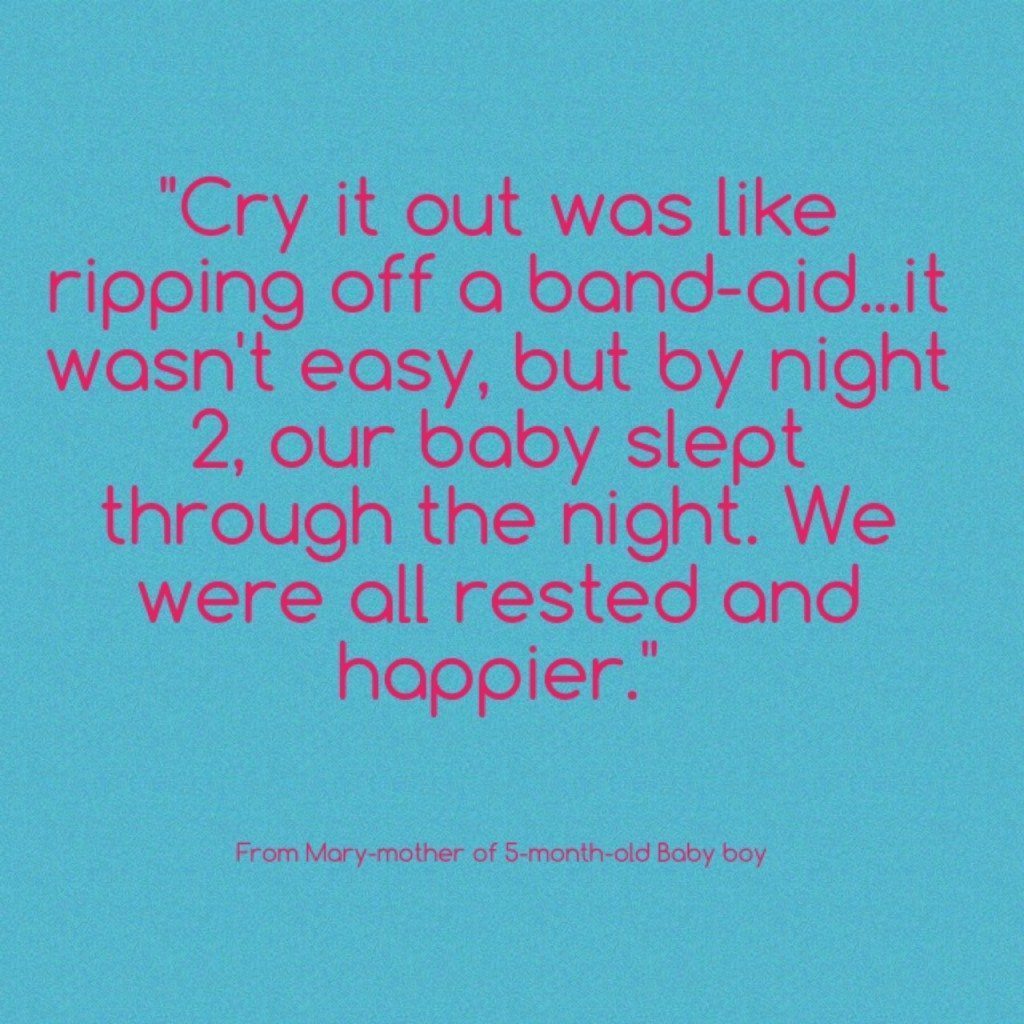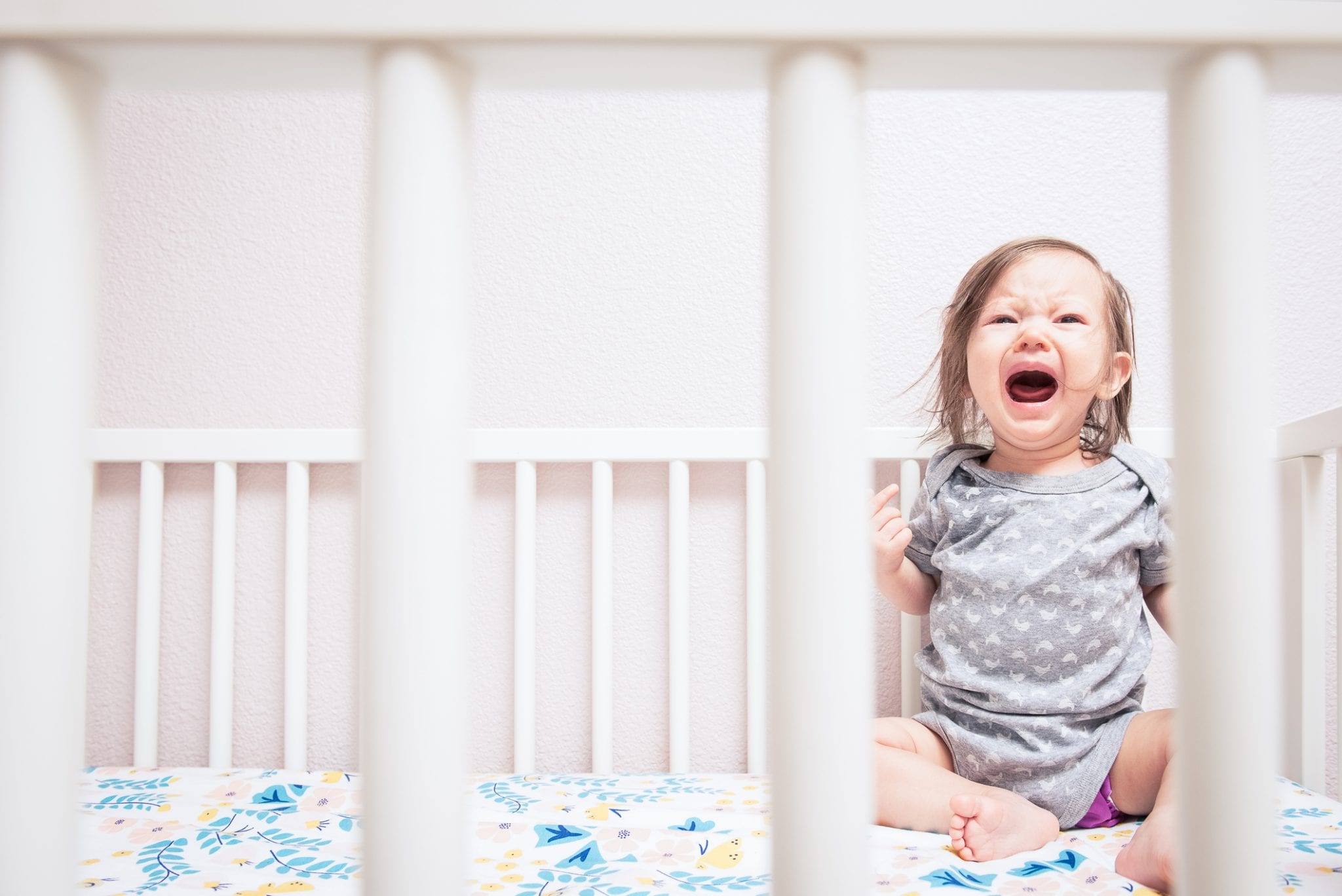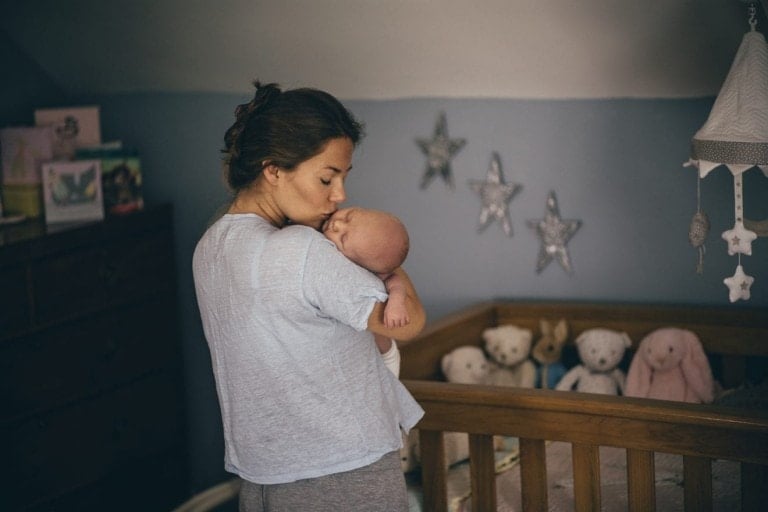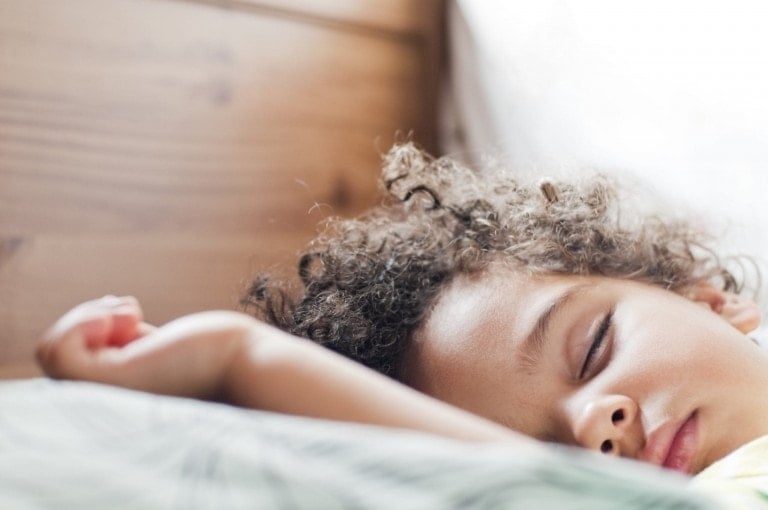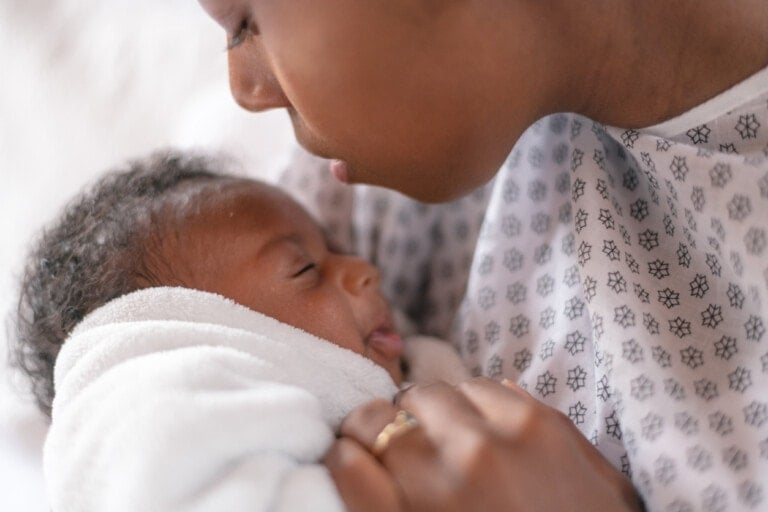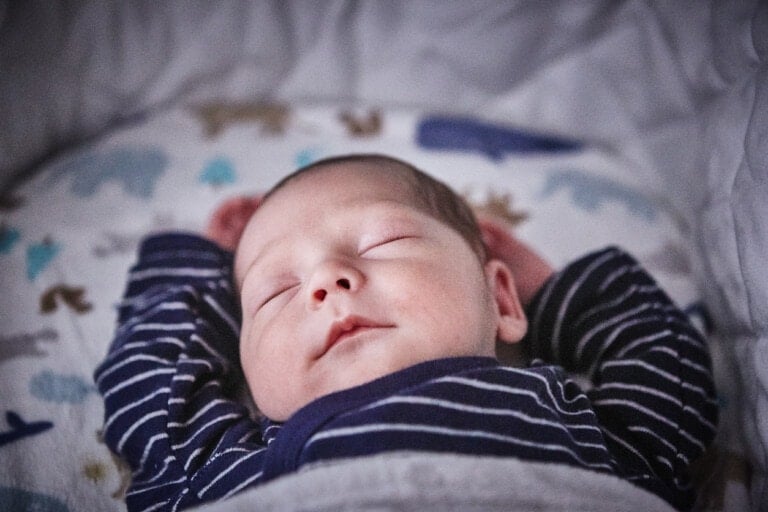When I first became a mom, the importance of good sleep wasn’t even on my radar. I remember someone buying me the book “Healthy Sleep Habits, Happy Child” by Dr. Marc Weissbluth and telling me that the book had saved her life. I remember feeling like that statement seemed a bit dramatic as I thought, “What’s so complicated about sleep? Babies eventually learn to do it. Right?”
Ha ha ha. No. (Not in my case.)
Fast forward 5 months later to a crazy, sleep-deprived version of me who had a baby waking up multiple times in the night to nurse. And who could not nap or go to bed on his own without a complicated and semi-ineffective routine of bouncing and nursing. I remember opening up “Healthy Sleep Habits, Happy Child” (HSHHC), the book I had earlier disregarded, in desperate need of help.
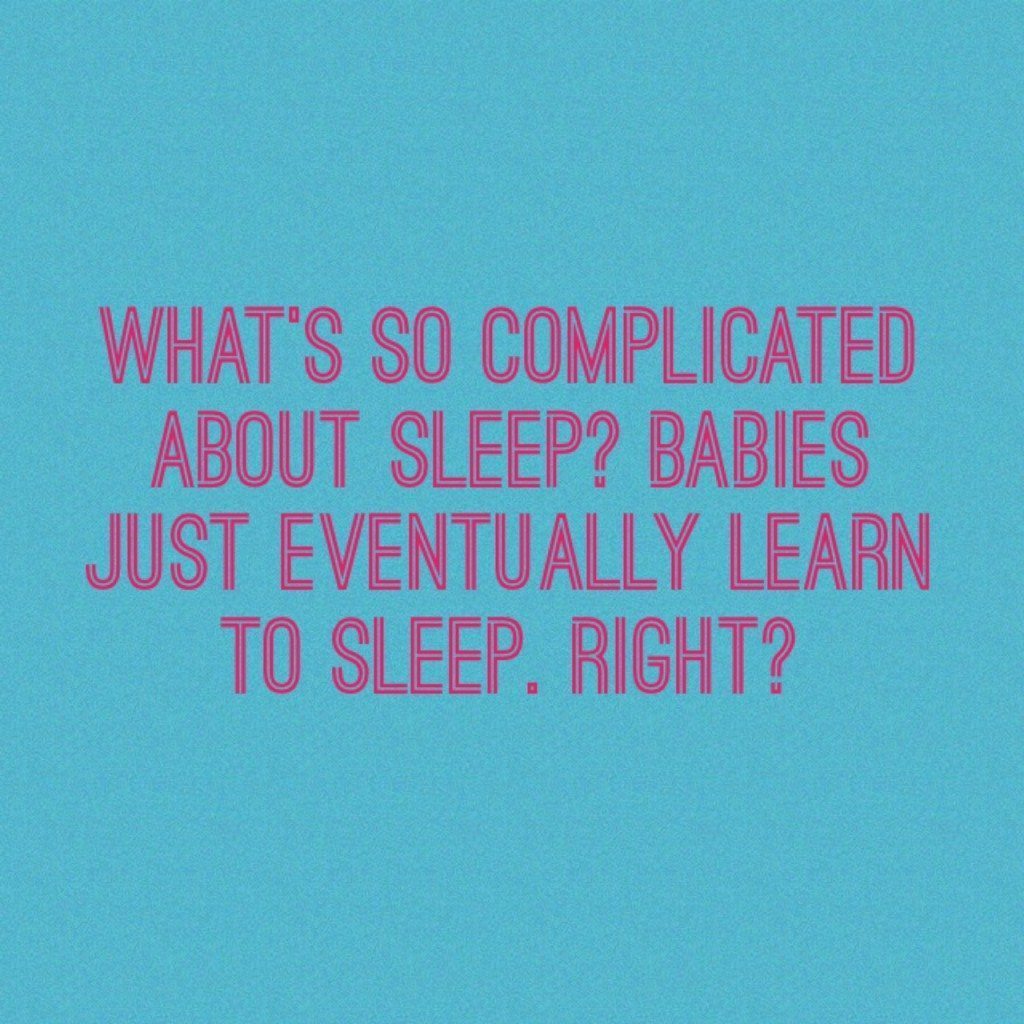
But as I read through it and realized Weissbluth’s method involved letting my son cry, I was mad. Actually angry. What kind of idiot thinks it’s wise to let a baby cry to sleep?! So I shelved the book and talked trash about it for the next few months until I once again reached a sleep-deprived breaking point. This time, I decided it was time to give it a whirl! And when I officially followed through with it (and lots of prayers), my son started sleeping better than ever!
As I have continued to have children who have struggled to be good sleepers, I now more than ever see the benefit of encouraging good sleep habits from a young age. For the sake of mom but, more importantly, for BABY!!! (In the last 6 months, I have known four babies to wake 2 to 6 times a night, start sleeping 10-12 hour periods after using this method, and fall asleep on their own!)
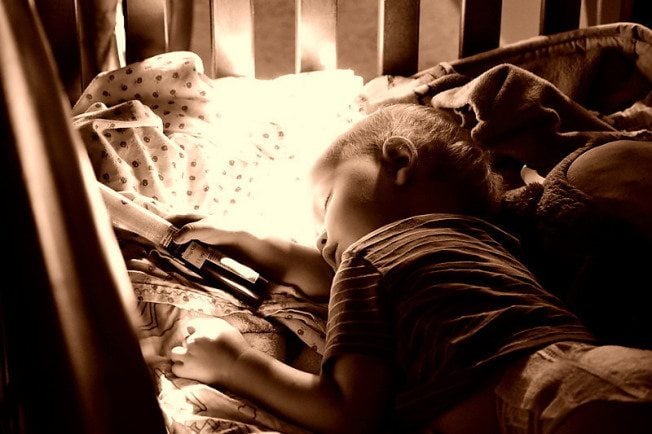
So, What Is “Cry It Out”?
The Ferber method involves a parent going in to comfort baby without holding them and progressively adding more length between comforts. Weissbluth’s method suggests that after the baby is 5 months old, they are old enough to learn to self-soothe. So, in the most basic summary of it, Weissbluth’s method says:
1. Parent develops a soothing bedtime routine where all needs have been met. Baby is clean, freshly diapered, and fed.
2. Parent lays baby down awake, even if almost asleep.
3. Parent leaves the room and lets baby cry without going in to reassure them. (He believes that by going in to check on or comfort baby, you are teaching baby that if they cry long enough, you will come instead of teaching them to self-soothe and fall asleep.)
4. At naptime, Weissbluth states that if baby has cried for up to an hour, the parent can go in and get baby but not soothe them to sleep. Instead, hold baby off until their next nap time. This way baby begins to develop a schedule and realizes that parents will not come and soothe the baby if it fights sleep.
5. He also states that up until 9 months old, a baby may still need 1-2 feedings at night and does not prohibit parents from feeding baby at night.
Disclaimer: Please know this is a paraphrased summary of HSHHC. To utilize his method, you should read the book. It offers a wealth of knowledge on everything related to a baby’s need for sleep, the research backing it, and tips for helping children of every age learn to sleep.
So now that you’ve heard a summary of Weissbluth’s method, here is my list of the pros and cons!
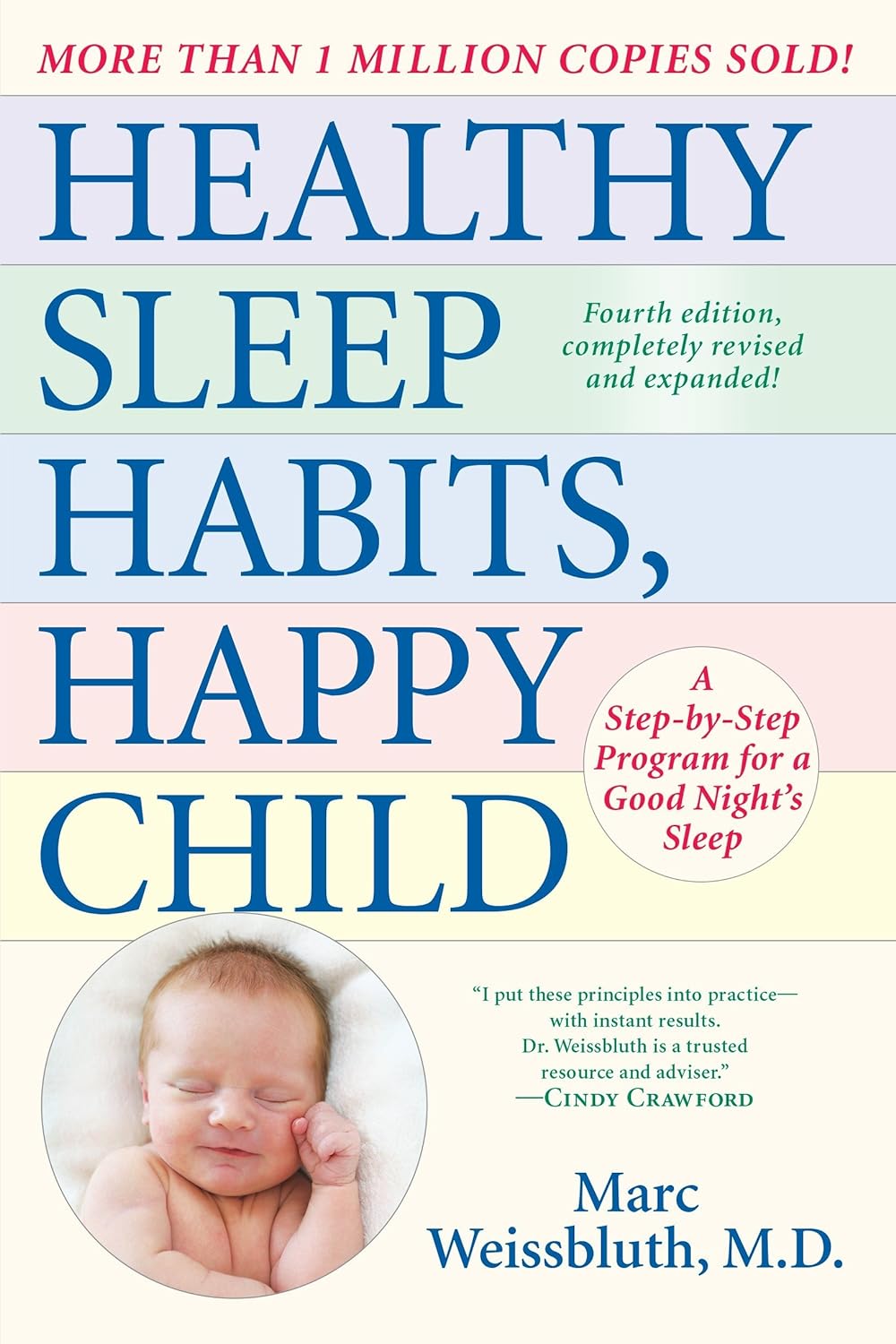
The Pros of Cry It Out
- It’s not complicated. The baby cries and learns to self-soothe.
- Research backs that it works.1
- Even though it feels like listening to crying is a year of your life, it usually works within a few days.
- It can take a horrible sleeper and convert them into a quality sleeper, which Weissbluth teaches can affect their mood and development into childhood.
- It helps stop bad sleep habits from forming while the child is still in a crib.
- Helps a desperate, sleep-deprived parent and lets them rest.
- I know more babies that it has worked for than any other method.
The Cons of Cry It Out
- You have to listen to your baby cry! And nobody enjoys that.
- Your baby may cry longer than other babies, which can feel painful. (Some take 15 minutes of low-key crying and they are asleep. Others intensely cry for an hour the first time.)
- If you progressively form bad habits again (nursing them to sleep and laying them down), you may notice you have to do the process again.
- It may not eliminate all crying. Once your baby has begun sleeping, they may immediately sleep and never cry again. Or your baby may have to cry for a few minutes before bed each night or at a nap to sleep.
- There is a possibility that it may not work for your baby.
I am not promoting this method for everyone. Some people have no problem getting up with their child throughout the night, while for others, the trade-off of sleeping versus letting a child cry is not worth it. And for that person, this method IS NOT for you. But, for the person who IS struggling to survive on no sleep with a cranky baby who isn’t taking good naps or sleeping at night, I would suggest trying this method.
And here’s a final reason from Mary, who recently used it: “Crying it out was like ripping off a band-aid. We could have dragged out sleep training for months, but my ability to work was suffering. Not to mention, baby didn’t know how to transition back to sleep through sleep cycles, so he was only taking 20-minute naps, which left him exhausted! We were ALL exhausted day and night. It wasn’t easy, but our baby slept through the night by night two. We were all rested and happier. It’s just like taking off those training wheels for the first time. It’s scary, but getting a good night’s sleep is so important for baby.”
